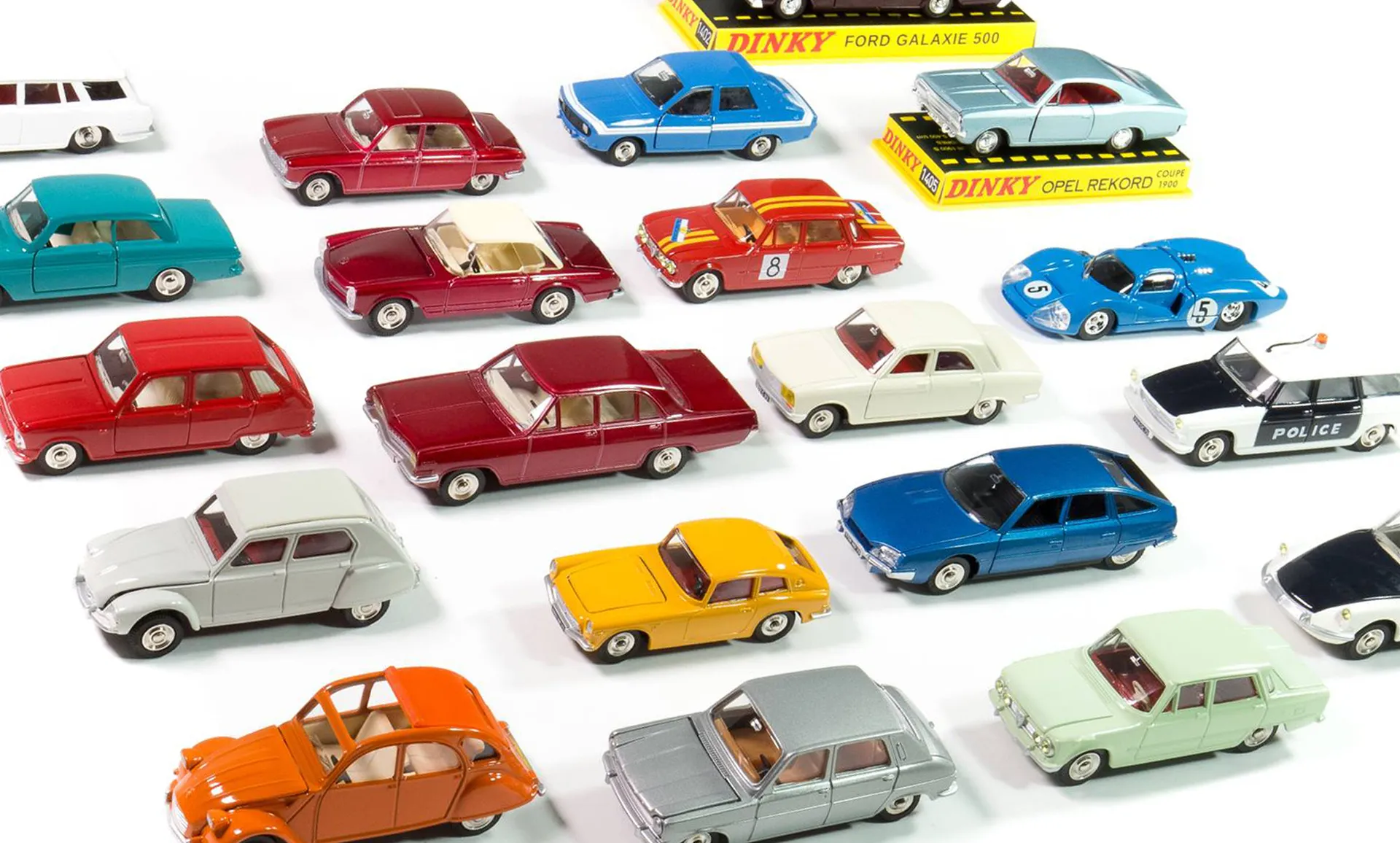Top Diecast Model Companies Overview
Diecast model companies are in the business of crafting miniature replicas of vehicles, from cars and trucks to planes and trains. These companies cater to collectors, hobbyists, and enthusiasts who appreciate the detail, craftsmanship, and history represented in these scaled-down versions. The industry is a blend of art, engineering, and business, with a rich history and a vibrant future. The best companies continuously innovate, improving their techniques and expanding their product lines to meet the ever-growing demands of the market. The world of diecast models is vast, offering a diverse range of products that celebrate automotive and transportation history.
History of Diecast Model Companies
The roots of diecast model companies stretch back to the early 20th century, coinciding with the advent of zinc alloy die-casting. These early models were often simple toys, but the increasing sophistication of manufacturing processes paved the way for greater detail and accuracy. These companies initially focused on producing basic toy cars for children, but as manufacturing techniques improved, so did the level of detail and realism. The introduction of more intricate designs and the use of better materials transformed these toys into collectibles. The evolution reflects not just technological progress but also the growing appreciation for miniatures as a form of art and historical documentation.
Early Days and Evolution
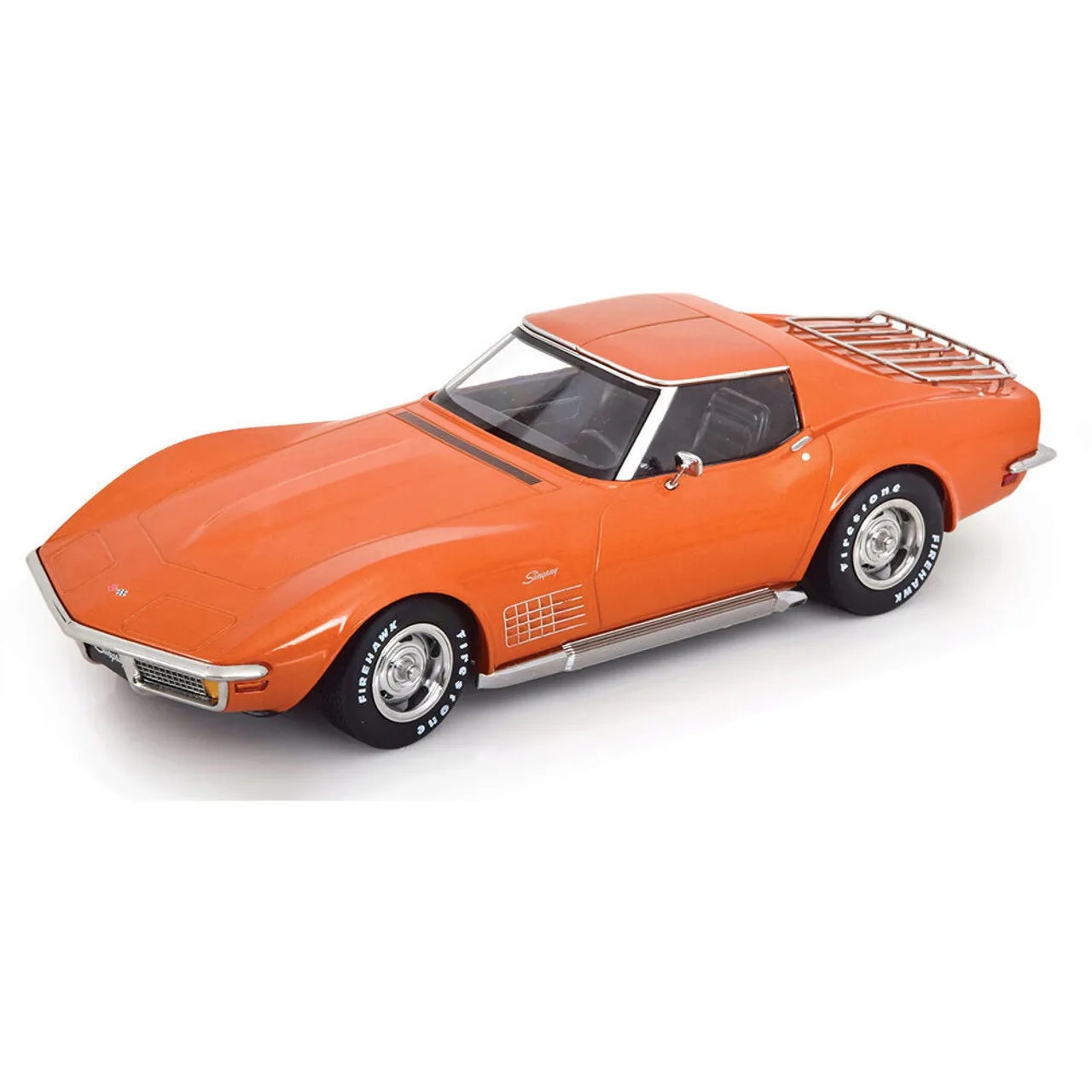
Early models were often crude, lacking the detail we see today. The primary goal was to create affordable toys. However, as technology advanced, companies began to refine their processes. The development of more precise die-casting machines and the availability of better materials led to more accurate and detailed models. The shift from simple toys to sophisticated collectibles marked a significant change in the industry’s focus, drawing in a new demographic of enthusiasts who valued authenticity and craftsmanship. The improvements in paint application, detailing, and assembly techniques allowed for a higher level of realism, making these models more appealing to collectors.
Key Players in the Industry
The diecast model industry is dominated by several key players who have shaped the market and set the standards for quality and innovation. These companies have built strong reputations and loyal customer bases. They continuously release new models, catering to various interests and preferences. Their impact on the industry is not just about sales but also about driving trends, influencing collecting habits, and setting the benchmark for craftsmanship. These companies have become synonymous with the hobby itself, and their models are highly sought after by collectors worldwide.
Hot Wheels
Hot Wheels, a brand of Mattel, has been a major player since its inception in 1968. Known for their colorful designs and fast speeds, Hot Wheels models are popular among children and collectors alike. The brand’s emphasis on innovative designs and collaborations with popular culture has kept it relevant for decades. Hot Wheels has consistently introduced new models and themes. Their commitment to variety and their appeal to a broad audience make them a cornerstone of the diecast model industry, continuously evolving to meet the changing tastes of its fans.
Matchbox
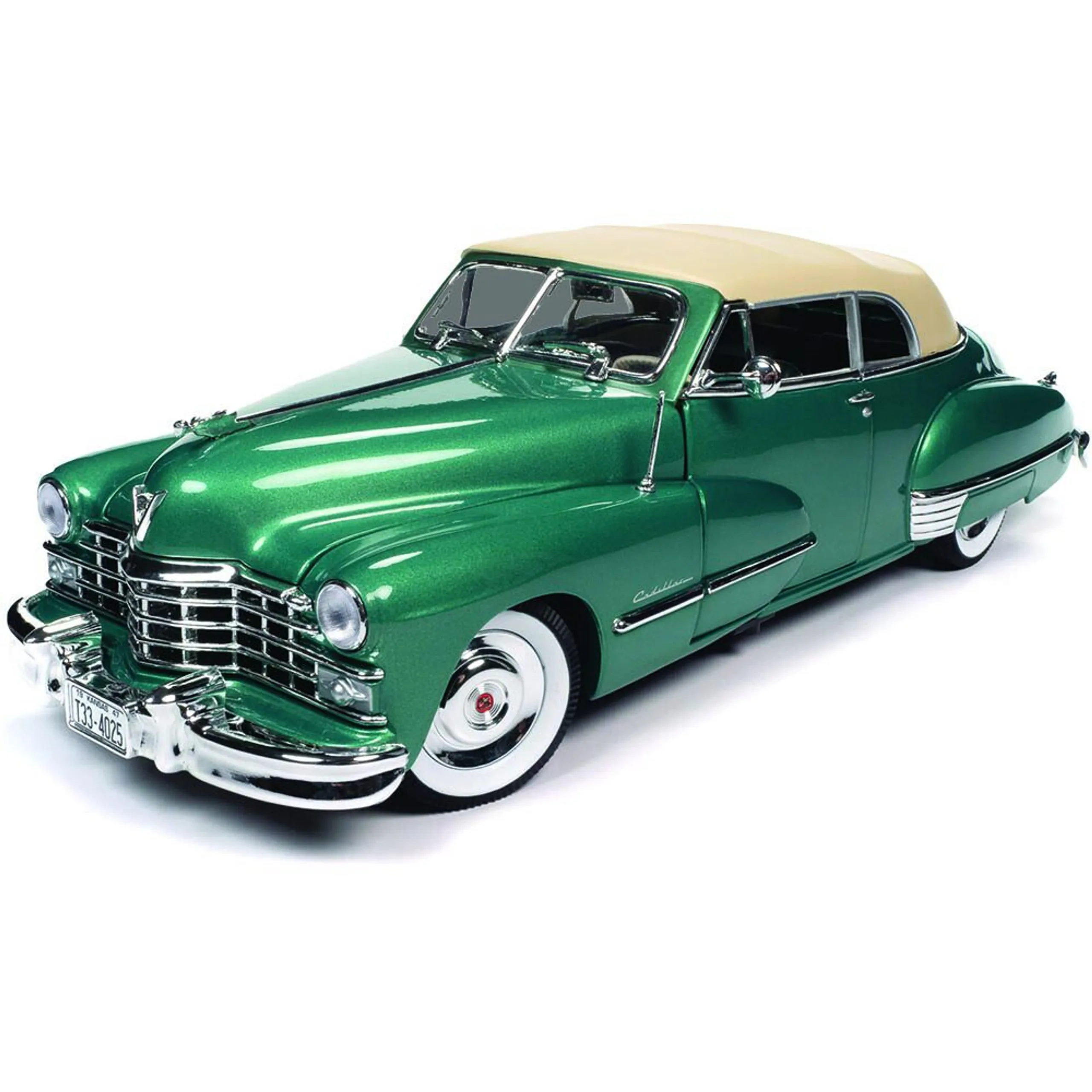
Matchbox, also a long-standing brand, originally known for its small size and affordability, has a rich history and a dedicated following. Matchbox initially focused on producing models that could fit into a matchbox, hence the name. Today, Matchbox continues to produce a wide array of vehicles, from cars and trucks to emergency vehicles and construction equipment. Matchbox models are highly regarded for their detail, and the brand’s commitment to realism. Their enduring presence and the quality of their products make them a favorite among collectors.
Other Major Brands
Beyond Hot Wheels and Matchbox, other notable diecast model companies include brands like Autoart, Minichamps, and TSM. These companies often focus on producing high-end models with exceptional detail and accuracy. They cater to serious collectors who are looking for realism and quality. These brands invest in research and development to ensure their models accurately represent the vehicles they are replicating. Their commitment to excellence has solidified their position in the premium segment of the diecast model market, setting a standard for other companies to follow.
Materials Used by Diecast Model Companies
The materials used in diecast models are critical to their durability, appearance, and overall quality. The choice of materials affects the model’s ability to capture fine details and withstand the test of time. Companies strive to balance authenticity with cost-effectiveness, using materials that meet both aesthetic and practical requirements. These materials also play a role in the value of the model, with the use of premium materials often increasing its collectibility. These materials are carefully selected and expertly used to create miniature masterpieces.
Zinc Alloy and Its Significance
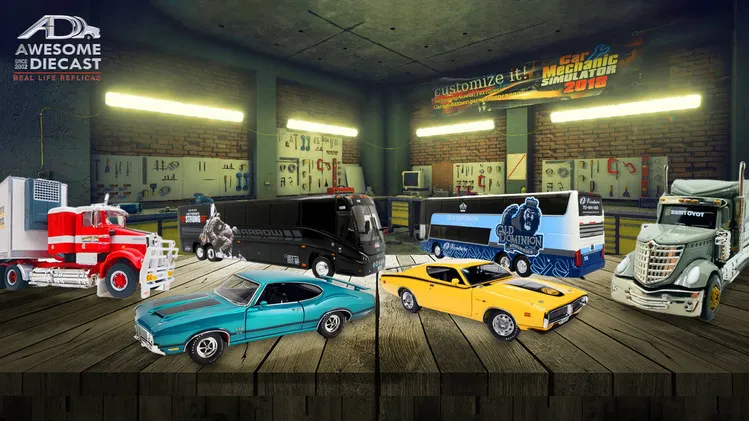
Zinc alloy, often referred to as zamak, is the primary material used in diecast models. Its ability to be cast into intricate shapes with a high degree of accuracy makes it ideal for this application. Zinc alloy is strong, durable, and relatively inexpensive, making it a perfect choice for mass production. The use of zinc alloy allows for precise details, such as door handles, grilles, and emblems, to be reproduced faithfully. This alloy’s longevity also ensures that models can be enjoyed for years. Its versatility also makes it easier to apply paint and other finishes. The use of zinc alloy has transformed the industry, making detailed models accessible.
Plastic Components and Detailing
Plastic components are frequently used in diecast models for various parts, such as interiors, tires, and certain exterior details. Plastic offers flexibility, allowing for intricate designs and details that would be difficult or impossible to achieve with zinc alloy alone. The use of plastic enables manufacturers to create features like clear windows, detailed dashboards, and realistic tire treads. High-quality plastics enhance the overall look and feel of the models. Combining zinc alloy and plastic allows for a broader range of design possibilities. This combination enables manufacturers to create more realistic, functional, and visually appealing models.
Paint and Finishing Techniques
Paint and finishing techniques are essential to the realism and aesthetic appeal of diecast models. Companies use various methods to achieve a flawless, durable finish. The application of paint must be precise to capture the colors and textures of the original vehicles. This includes primer, base coats, and clear coats for protection and shine. Techniques like pad printing and tampo printing are employed to add details like logos, stripes, and other intricate designs. The finishing touches, like polishing and detailing, significantly impact the model’s overall quality and value. The careful use of paint and finishes brings the miniature vehicles to life.
Scale and Precision
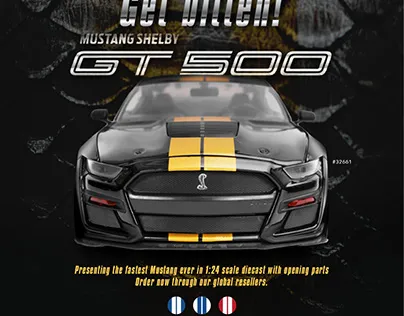
Scale is a fundamental aspect of diecast models, determining the size relationship between the model and the actual vehicle. Precision in scaling is critical for accuracy and the enjoyment of collectors. The choice of scale impacts the detail and complexity of the model, as well as its display and storage requirements. Companies must use precise measurements and careful engineering to produce accurate models. The use of different scales allows for a diverse range of models, each suitable for different collecting preferences and display scenarios. Accurate scaling is essential for the models to be collectible.
Popular Scales in Diecast Models
Various scales are used in diecast models, with the most popular being 1:18, 1:24, and 1:43. 1:18 scale models are larger, allowing for greater detail and are often favored by serious collectors. 1:24 scale models offer a balance between detail and size, making them a popular choice for both collectors and enthusiasts. 1:43 scale models are smaller and easier to display, making them ideal for collectors who may have limited space. Other scales like 1:64 and 1:87 are also used, particularly for smaller vehicles and model train layouts. The choice of scale influences the level of detail, the materials used, and the overall cost of the models.
The Importance of Accuracy
Accuracy is the hallmark of a quality diecast model. Accurate models faithfully represent the original vehicle, capturing every detail from the body shape to the interior features. Collectors highly value accuracy, often comparing the model to the real vehicle. Companies invest in extensive research and development, using original blueprints, photographs, and detailed measurements to ensure accuracy. Accurate models are more valuable and prized within the collecting community. The pursuit of accuracy drives the industry, leading to ever-increasing levels of detail and realism in the models.
Collecting Diecast Models
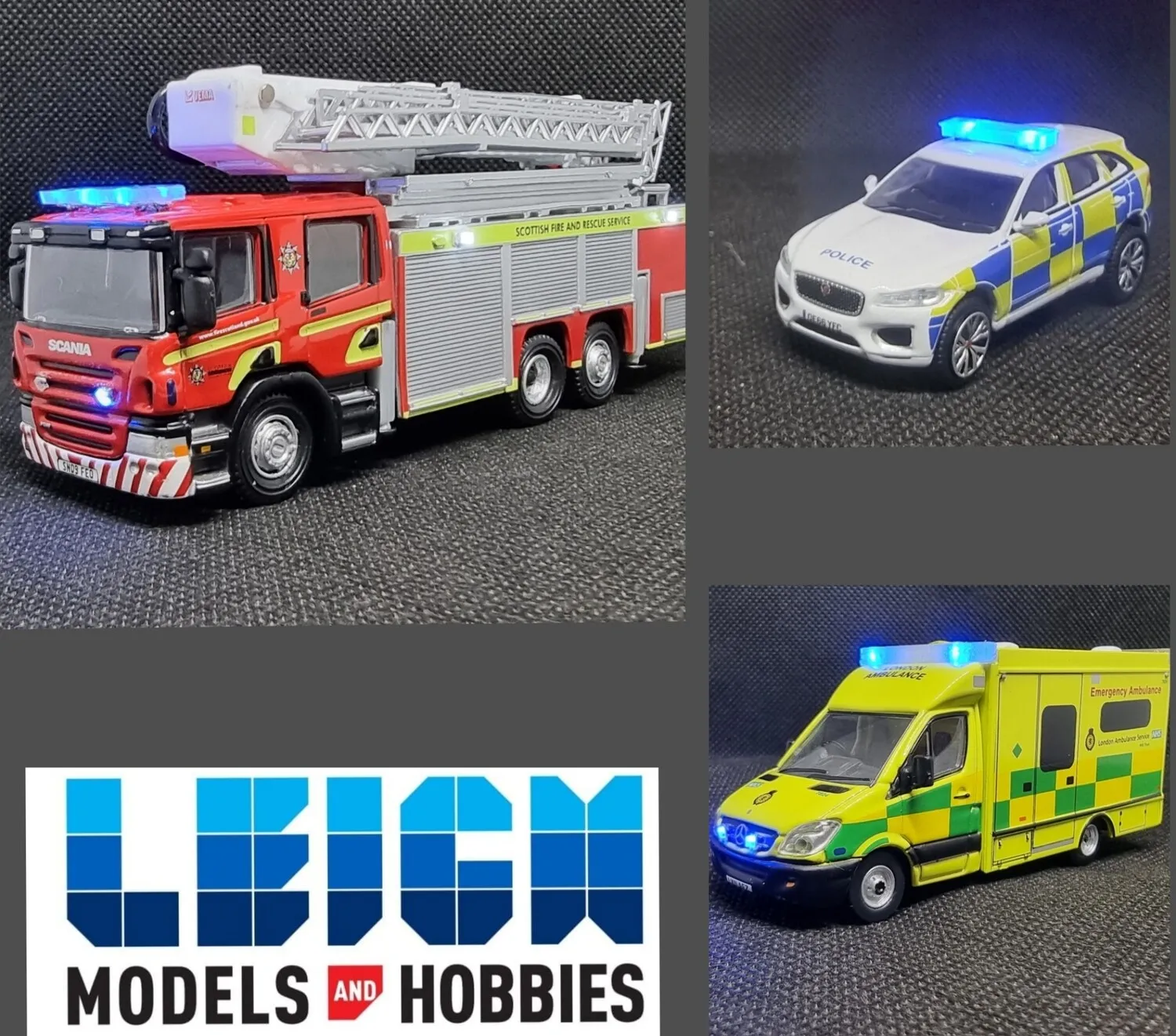
Collecting diecast models is a fulfilling hobby that attracts people of all ages and backgrounds. The joy of collecting comes from the passion for automobiles, history, and detailed craftsmanship. Collectors often specialize in specific types of vehicles, brands, or scales, curating personalized collections that reflect their interests. The hobby fosters community and provides opportunities to connect with others who share a passion for these miniature vehicles. Collecting diecast models provides an engaging pastime for collectors.
Factors that Influence Value
The value of a diecast model depends on several factors, including its rarity, condition, and the brand. Limited-edition models or those with unique features often command higher prices. The condition of the model is critical, with mint-condition models in their original packaging being most desirable. The brand’s reputation for quality and detail also influences the value. Models from well-regarded companies like Autoart or Minichamps tend to hold their value better. The market for diecast models can fluctuate, influenced by collector demand, trends, and the overall state of the economy. The combination of rarity, condition, and brand reputation is what affects value.
Where to Buy and Sell
Diecast models are available through various channels, from specialized hobby shops and online retailers to auctions and collector events. Hobby shops offer a curated selection of models. Online marketplaces provide access to a vast selection of models. Auctions and collector events are excellent places to find rare and vintage models. Collectors often buy and sell models through online forums, social media groups, and local clubs. Understanding the market and knowing how to authenticate models is essential for both buyers and sellers. Research and comparison shopping are key to finding the best deals and expanding a collection.
The Future of Diecast Model Companies
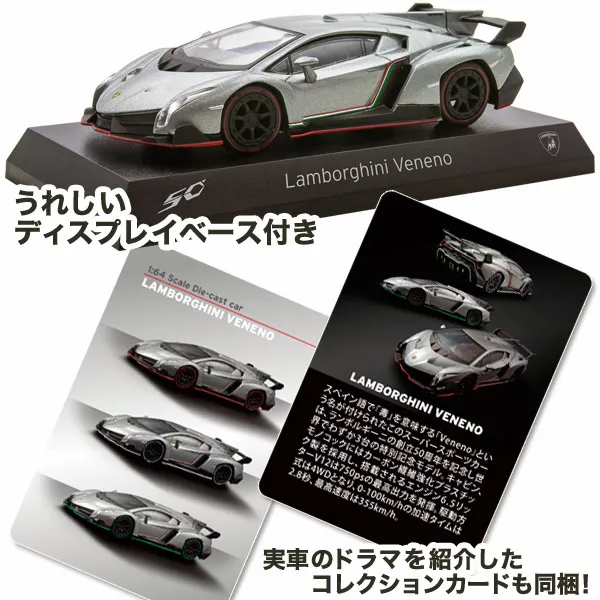
The future of diecast model companies is bright, fueled by technological advancements and a growing appreciation for collectibles. The industry is constantly evolving, adapting to new technologies, and addressing environmental concerns. Companies are innovating to meet the changing demands of collectors. The future of the diecast model industry is about technological advancements and sustainability.
Technological Advancements
Technological advancements continue to influence the production of diecast models, with computer-aided design (CAD) and 3D printing playing increasingly important roles. These technologies allow for greater detail, precision, and the ability to create complex designs. 3D printing is being used to produce prototypes and even small-batch production runs, offering greater flexibility. These advancements improve the quality, detail, and realism of the models. These advancements are also making it possible for companies to respond quickly to new trends and demands. The integration of technology will continue to drive innovation and creativity.
Sustainability and Eco-Friendly Practices
Sustainability is becoming increasingly important, and diecast model companies are taking steps to reduce their environmental impact. This includes using eco-friendly materials and manufacturing processes. Companies are also exploring new materials, such as recycled plastics, and optimizing their packaging to reduce waste. The industry is also working to ensure responsible sourcing of materials and to minimize its carbon footprint. Adopting eco-friendly practices enhances the reputation of companies and also appeals to a broader customer base. The future of diecast models will involve integrating environmental sustainability.
Conclusion
Diecast model companies are a testament to human ingenuity, craftsmanship, and the enduring appeal of miniature replicas. The industry, with its rich history and exciting future, offers something for everyone. Whether you’re a seasoned collector or a curious newcomer, there’s a world of detail and craftsmanship to be discovered. From the precision of the materials to the artistry of the paint, each model tells a story. Diecast models will continue to be cherished by collectors. The future looks bright for diecast model companies.
